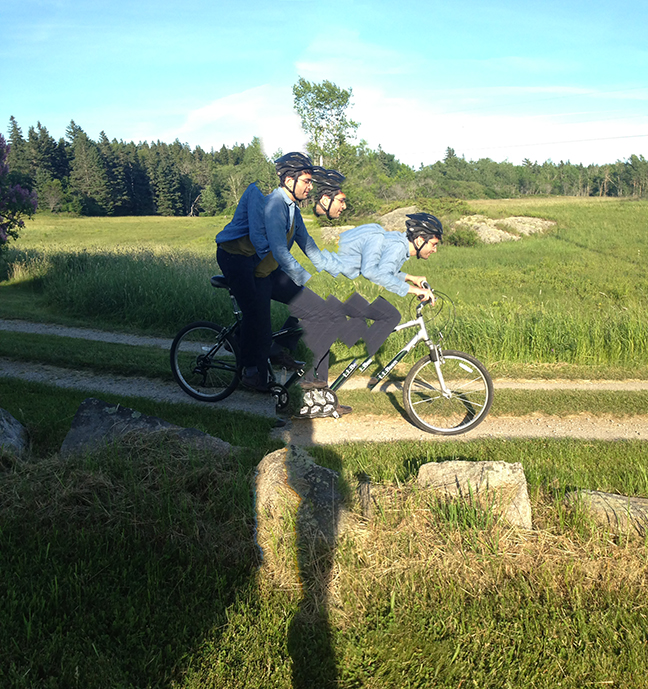Neuroscientist Maria Witek has done extensive research and concluded that particular types of drum patterns, irrespective of cultural and geographic specificity, practically invite people to dance. What types of rhythms? “Not the ones that have very little complexity and not the ones that have very high complexity, but the patterns that have a sort of a balance between predictability and complexity.” In other words, there needs to be space between beats for the body to want to engage.
A US patent for the windowed envelope was awarded to Americus A. Callhan in 1902. Inspired by efficiency (less ink, less time typing), that small window lined in glassine offered a glimpse into the secret realm of the envelope’s contents. A security envelope further embellishes the show me/ protect me agenda of the windowed envelope; the clean exterior surface is matched by the various patterns of dashes, dots, lines, curlicues, even logos, on the other side of the paper that mask any effort to read the contents within. And yet, there is that window, operating something like the open space between beats that Witek describes. While it may not make you want to tap your feet, the peekaboo does elicit curiosity and desire. [Or if it’s a bill, perhaps a certain dread.]


